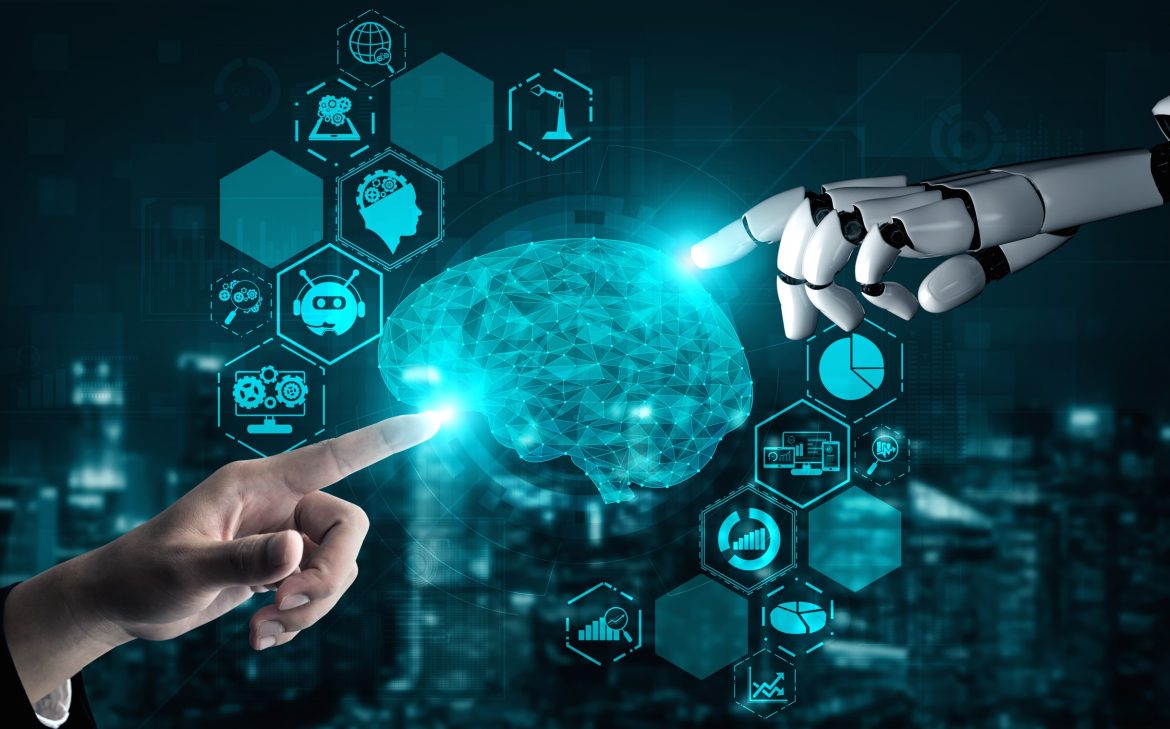As Artificial Intelligence (AI) continues to evolve and integrate into everyday life, it brings not only new capabilities but also a host of misconceptions—especially around privacy. While AI can streamline processes, personalize services, and enhance security, misunderstanding its impact on data privacy can lead to fear, misuse, or blind trust.
Understanding the myths around AI and privacy is crucial for making informed decisions in a data-driven world.
What Are the Common Myths About AI and Privacy?
AI and privacy intersect in complex ways. Many people either overestimate AI’s capabilities or underestimate the risks. Let’s separate fact from fiction by addressing the most common myths.
Key Myths in AI and Privacy
Myth 1: AI Always Knows Everything About You
Reality:
AI systems don’t have omniscient access to your personal data. They rely on the data they’re trained on or provided with. Without direct input or access, AI cannot “know” anything. The risk arises when systems are fed large volumes of personal data without transparency or consent.
Myth 2: AI Protects Your Privacy by Default
Reality:
AI can both protect and invade privacy, depending on how it’s built and used. AI-powered privacy tools like encryption and anomaly detection can safeguard data, but AI used in surveillance, facial recognition, or data mining can severely threaten individual privacy.
Myth 3: Data Collected by AI Is Always Anonymous
Reality:
While data may be anonymized, AI can sometimes re-identify individuals by analyzing patterns across multiple datasets. This makes anonymization less reliable, especially when datasets are large and diverse.
Myth 4: Only Big Tech Uses AI That Affects Privacy
Reality:
AI applications are used by governments, small businesses, schools, and healthcare providers—often without users even realizing it. From hiring algorithms to smart cameras, AI-driven decisions and data handling practices are widespread.
Myth 5: AI Decisions Are Always Fair and Neutral
Reality:
AI can reflect and amplify biases present in the data it’s trained on. This includes racial, gender, or economic biases, which can impact hiring, law enforcement, credit scoring, and more—leading to unfair treatment and privacy violations for vulnerable groups.
Balancing AI Innovation with Privacy
Understanding and addressing these myths is essential for responsible AI development. Here’s how we can strike a balance:
- Transparency: Organizations must clearly disclose how AI systems collect and use data.
- Consent: Users should have control over what data is shared and with whom.
- Accountability: Developers and organizations should be held accountable for the ethical implications of their AI tools.
- Privacy-by-Design: AI systems should be built with privacy protection embedded into their design from the start.
Conclusion
AI is not inherently good or bad—but how it interacts with privacy depends on the choices of those who build and deploy it. By dispelling myths and promoting awareness, we can embrace the power of AI while safeguarding the fundamental right to privacy. Responsible use, clear regulation, and informed public engagement are key to ensuring that AI supports—not undermines—our digital freedoms.







Leave feedback about this